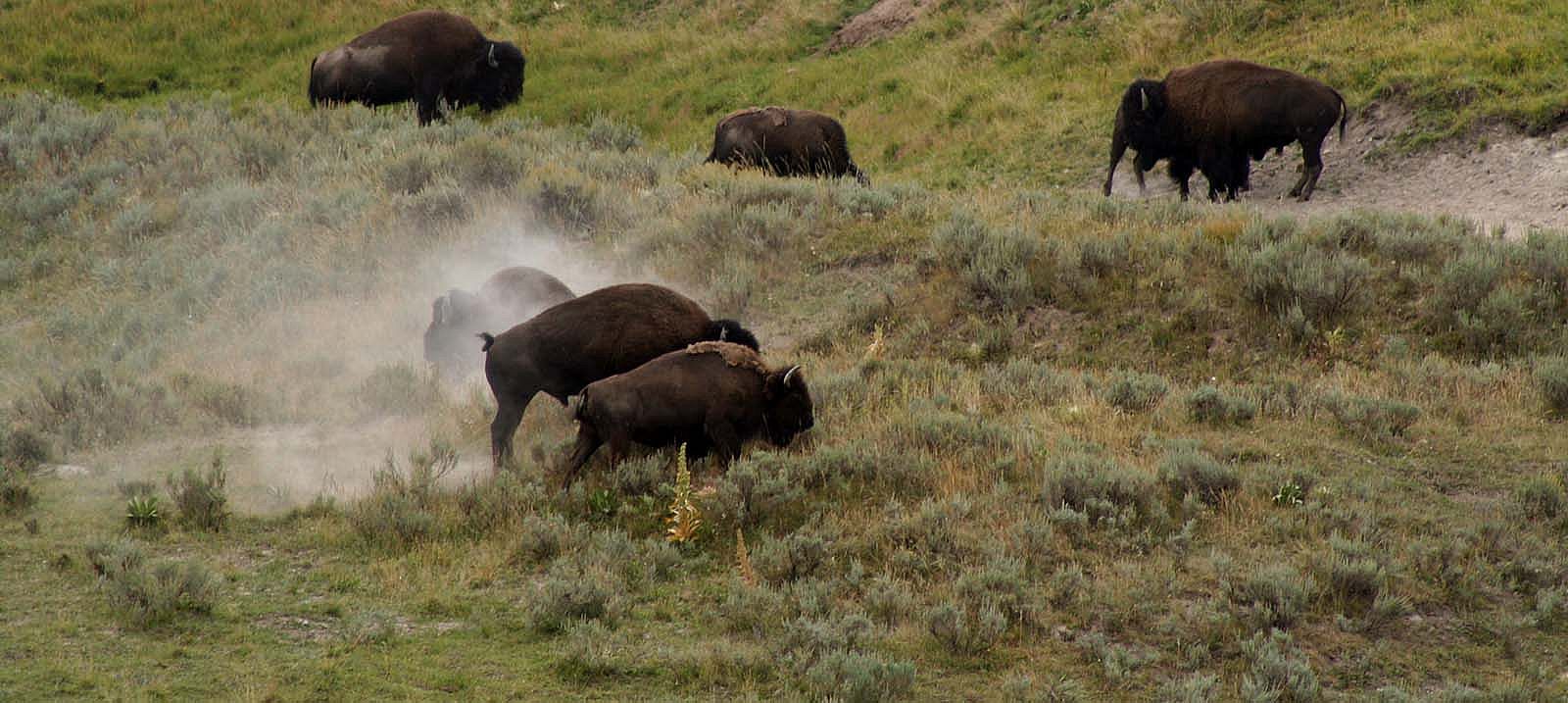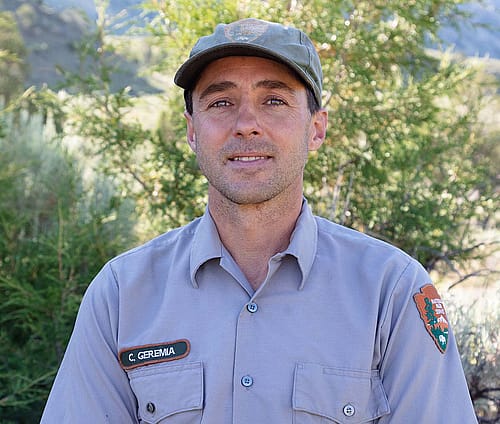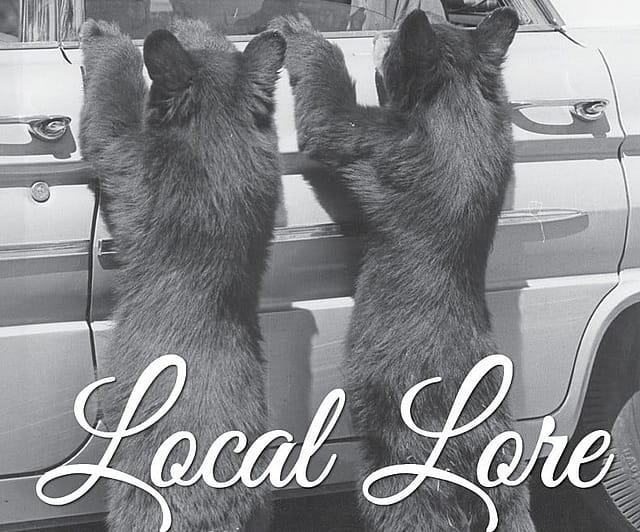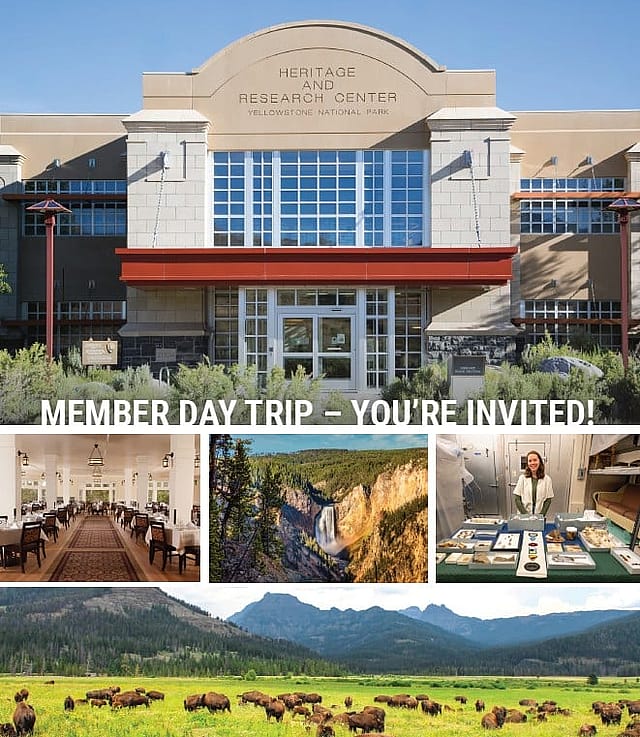
- This event has passed.
Virtual Talk: Migrating Bison Engineer a Better Yellowstone
April 1, 2021 @ 12:00 pm - 1:00 pm MDT

Migrating Bison Engineer a Better Yellowstone
By Chris Geremia, PhD
April 1, 2021
Noon – Online
We invite you to join us for this lecture via Zoom Webinar!
When: April 1, 2021, Noon Mountain Time (US and Canada)
Topic: Draper April Lunchtime Expedition: Migrating Bison Engineer a Better Yellowstone
Speaker: Chris Geremia, PhD, Lead Bison Biologist, Yellowstone National Park
Register in advance for this webinar: https://us02web.zoom.us/webinar/register/WN_p3yxIHR9TTy3ZaD3y6ICfg
After registering, you will receive a confirmation email containing information about joining the webinar.

Join us online April 1 for a Draper Natural History Museum Lunchtime Expedition. Chris Geremia presents Migrating Bison Engineer a Better Yellowstone.
Bison change the way spring happens across Yellowstone’s vast grasslands. Without several thousands of bison moving freely on the landscape in sync, the springtime season of plant growth would be shorter, the land would not be as green, and the plants would not be as nutritious. On a typical June day in Yellowstone, it’s not unusual to see thousands of bison grazing in the Lamar Valley. The groups appear aimlessly roaming back and forth. But as it turns out, that’s far from the full picture.
Bison return to graze the same areas repeatedly at such intensity that it turns back the clock on forage green-up, hitting reset on springtime. Their grazing sets bison apart from other ungulates and allows them to time their spring migrations differently than other species. Moreover, their grazing directly alters nutrient cycles, plant growth potential, and the very makeup of plant communities. We are learning that in the same way predators can influence the Yellowstone ecosystem from the top down, bison can push on it from the bottom up. Put another way, the influence of bison on plant communities in the park is as natural and important to the ecosystem as those of top predators like wolves.
About our speaker
Chris Geremia is the lead bison biologist in Yellowstone National Park. He recently led his team in establishing a transfer program that has returned live Yellowstone bison to Native American tribes as an alternative to slaughter. His team is responsible for conserving bison within the park, studying bison demography, genetics, and their role in engineering grassland ecosystems. The team also works to reduce conflicts that occur when bison migrate out of the park. Geremia earned his PhD in ecology from Colorado State University in 2014 and has worked as a member of the Bison Program in Yellowstone since 2001.

